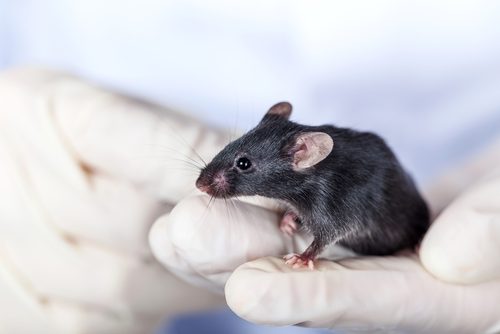The transforming growth factor-beta (TGF-β) cytokine may enhance the stickiness, or adhesion, of endometrial cells and the formation of endometriotic lesions, a study reports.
Published in Experimental & Molecular Medicine, the study, “Increased α2-6 sialylation of endometrial cells contributes to the development of endometriosis,” found that inhibiting this process resulted in fewer of these lesions in mice.
These early findings support the idea that “investigating and regulating the mechanism of cytokine- induced endometrial cell attachment may be an effective method for preventing endometriosis relapse,” the researchers wrote.
Previous studies have identified a signaling pathway — initiated by the cytokine TGF-β — to promote cell migration in endometriosis.
Additional cytokines, which are signaling molecules, that promote the adhesion of endometrial cells to tissue outside the uterus — interferon gamma, interleukin (IL)-1β, IL-6, and IL-8 — have also been linked to endometriosis.
Endometriosis, although a benign condition, shares similarities to cancer, because the disease is also dependent on mechanisms that promote cell proliferation, migration and adhesion to a new tissue.
In fact, TGF-β is often found in high concentrations in invasive cancers, and was shown to induce cell migration via activation of migration factors.
Sialylation is a process through which sialic acids, a type of sugar, are added to other molecules, such as proteins, and is one of the mechanisms known to regulate cells’ adhesion capacity.
The researchers set out to further investigate the way in which TGF-β and other cytokines may potentially promote endometrial cellular adhesion and the role of sialylation.
They first confirmed that treatment of an endometrial adenocarcinoma cell line with one of four cytokines — TGF-β, IL-1β, IL-6, or IL-8 — increased cell adhesion.
They then examined the sialylation process and, using an assay that removes the sialic acids, found that the treatment abolished cytokine-induced adhesion of endometrial cells, especially for the adhesion mediated by TGF-β.
Further experiments showed that TGF-β increased the levels of two enzymes, called ST6Gal1 and ST6Gal2, responsible for adding the sialic acid to their targets in endometrial cells.
In mammalian cells, up to 14 proteins at the cell surface, called siglecs, are capable of binding to sialic acid. The researchers found that endometrial cells interacted with the siglec-9 in cells lining the internal organs.
Using a mouse model of endometriosis, they showed that inhibiting sialylation decreased TGF-β-induced formation of endometriosis lesions.
These results “suggest that altered sialylation of the endometrium is a significant factor in endometriosis development,” the study concluded.

